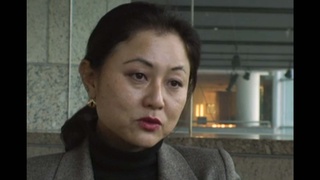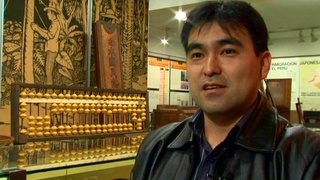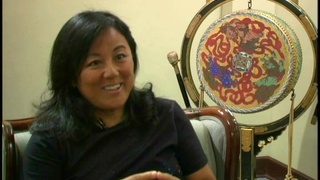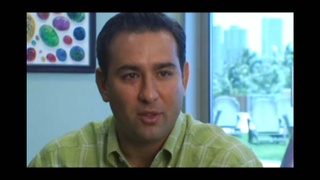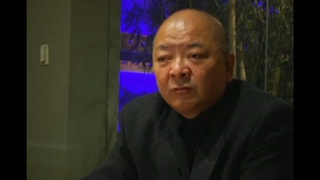Interviews
Teaching how to eat sushi (Japanese)
(Japanese) I used to get upset, thinking “How can you eat my sushi like that…” but now I teach Caucasian people very gently – could you please hold your sushi like this, hold your chopsticks like this – and they actually get surprised at how well and smoothly they can eat. They understand that they’d break sushi if they just grabbed it right in the middle and they become happy when they understand how to eat right. So they thank me instead. Even to this day, I have people like that come to my restaurant. And I teach them.
Date: April 16, 2016
Location: California, US
Interviewer: Mistue Watanabe
Contributed by: Watase Media Arts Center, Japanese American National Museum

